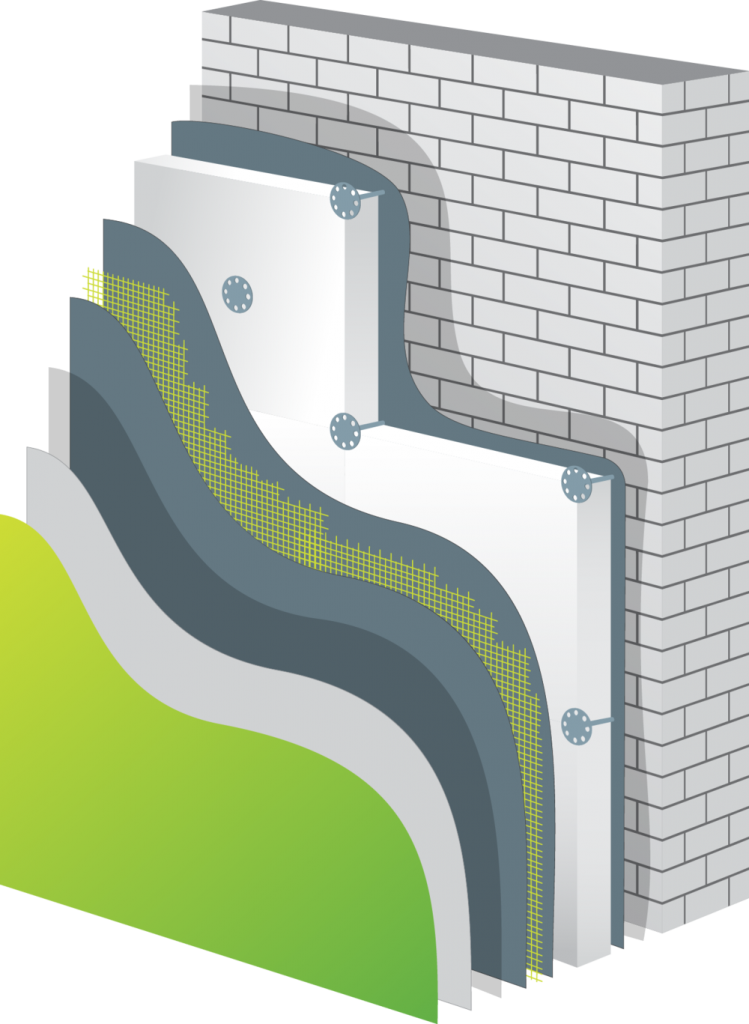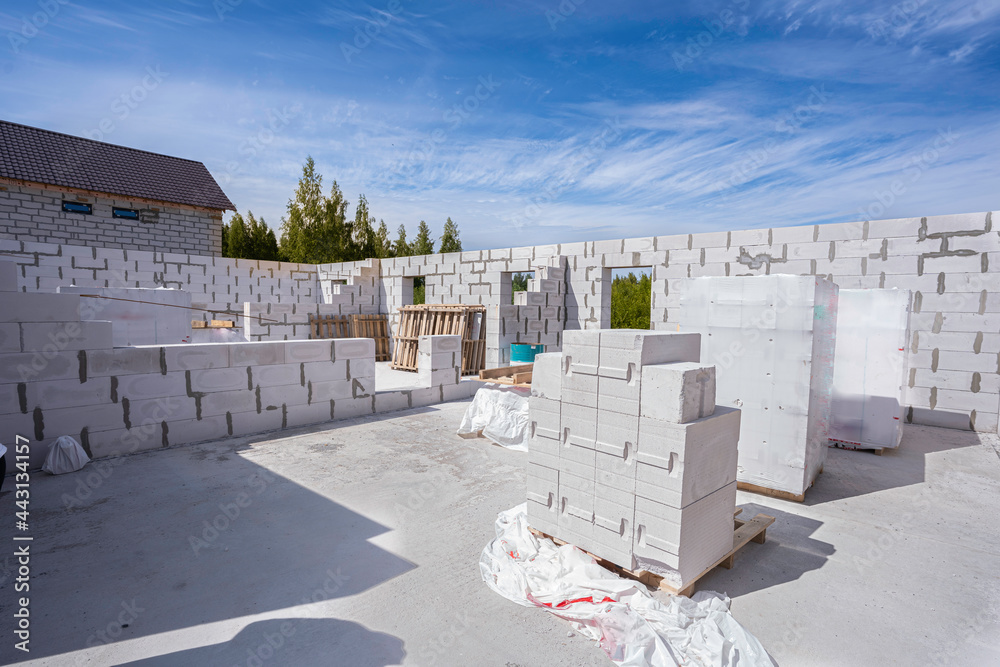The 1st World War was a time of great change. The world had gone from being a peaceful place to one in which war was the primary means of settling disputes. It was also a time that saw the invention of many great new technologies and materials, including the AAC blocks.
These blocks were invented as a way to keep buildings thermally insulated and keep heat out of buildings in order to prevent cold air from entering them. The building materials used for this purpose had to be inexpensive, readily available, and manageable by construction workers so that they could be used across all types of structures without having to make any changes to their current systems.
They also needed to be comfortable for construction workers so that they could continue working non-stop throughout the day without experiencing any discomfort or pain from using them.

The AAC blocks fulfilled these requirements perfectly because they are made from natural resources such as clay and sand dust that can be easily managed by construction workers without any difficulty whatsoever. They also exhibit thermal conductivity so that they can help keep buildings warm during cold weather days without having any negative effects on their occupants’ health or well-being whatsoever!
What are U-value and R-value?
When you talk about insulation, you’re talking about how well your house or other building resists heat. That’s where the U-value comes in. The U-value represents the amount of heat that can pass through a material, but it also measures how well that material conducts electricity.
The R-value measures something different: it represents resistance to heat transfer. This is why you’ll sometimes see references to “thermal resistance” and “thermal mass.” Thermal conductivity is what keeps heat from passing through a material.
Thermal mass is what keeps the temperature of a material constant, even if there are changes in air temperature or humidity levels (which may affect air movements).
The R-value and U-value are both measurements of thermal insulation. However, in general, a high R-value means a low U-value. During construction, we prefer a material with a high R-value because we don’t want heat or cold to enter inside. The unit of R-value = m2K/W and U-value = W/m2K.

What is the Thermal Conductivity of materials?
The thermal conductivity of any material is a measure of how easily heat moves through that material. The lower the thermal conductivity, the better the material is at keeping out the heat. This means that if you want to make something that’s good at keeping out heat, you need to choose materials with low thermal conductivity.
The thermal conductivity of a material is measured in Watts per Meter Kelvin (W/mK). Thermal conductivity is specified by IS 2185 part 3 for AAC blocks. High thermal conductivity is the ability of a material to transfer heat – measured by the Greek symbol lambda (λ).
How does thermal conductivity work?
For example, If you’re building a bungalow in Surat, you can use a relatively low U-value (maybe 0.65 W/m2K) for the walls so that the heat remains outside the building during summer and the air conditioning costs could be reduced. It is important to understand that thermal conductivity resistance values give the expected heat transfer through a wall per unit area.
To illustrate the point, we need to use a construction material that allows for only 0.65 watts of heat per square meter of wall area for every degree of rise in temperature. Product selection for this project must be made carefully. Due to the nature of the product and its intended use, it is important that we select a product that fits our projected use cases.
How can you test the thermal conductivity of AAC blocks?
IS Code 3346 is the code that is used for testing the thermal conductivity of various materials. This procedure is not specific to AAC blocks but applies to them as well. Since the IS code involves multiple levels of calculations, it is essential to follow the instructions carefully to fully understand how the test is carried out.
Conclusion
AAC blocks make sense for many applications, as they offer several advantages that masonry blocks don’t. They’re often more lightweight than masonry blocks, and they possess a higher R-value while retaining the outward appearance of masonry.
At Big Bloc Construction Limited, we supply to the market and have constantly been identifying with challenges faced by customers. This is one of the reasons why we aspire to explore newer technologies in order to improve the quality of our product, reduce costs and provide swift services. Our constant endeavour to push the boundaries of innovation and the power of technology has made us the leading provider of AAC Blocks in India.
